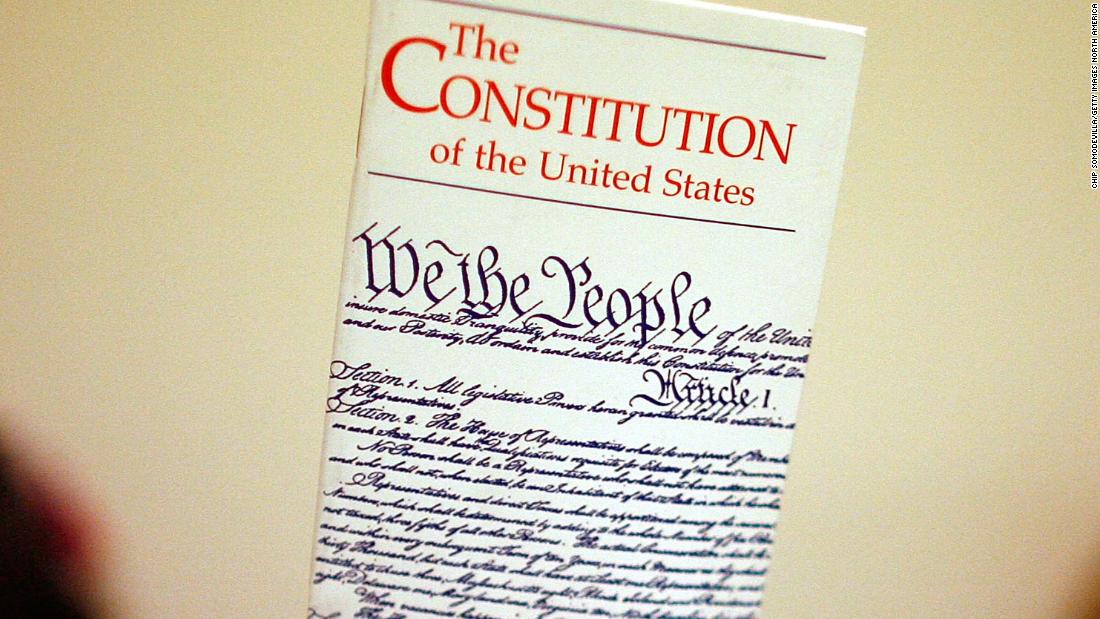[ad_1]
The two most recent presidential impeachments began with a vote in the full House. It appears that Pelosi has chosen to instruct the six House committees already investigating Trump to proceed “under that umbrella of impeachment inquiry.”
Rep. Jerry Nadler, the current chair of the House Judiciary Committee, has argued that his current oversight of the Trump administration equaled the beginnings of an impeachment inquiry.
Formalizing it could help the committee in its effort to get Trump administration officials to cooperate. Instead, they have at times stonewalled, claimed executive privilege, and ignored subpoenas.
Investigating impeachable offenses
Impeachable offenses, according to the Constitution, include “Treason, Bribery, or other high Crimes and Misdemeanors.” What exactly constitutes those crimes, particularly High Crimes and Misdemeanors, has been the subject of vigorous debate throughout US history.
During an impeachment inquiry, a House committee, usually the Judiciary Committee or its subcommittee, conducts an investigation to see if a federal official’s conduct warrants impeachment.
This will be a contentious process.
House votes
After its inquiry, the committee conducting the impeachment inquiry writes articles of impeachment and votes on whether to refer them to the full House of Representatives. After that vote, the articles, if approved, are given special status on the House floor and it requires a simple majority of voting lawmakers to approve them.
There were four articles of impeachment against Clinton, but only two were approved, on mostly party-line votes with a few defections.
A Senate trial
After the House votes to impeach a President, the Constitution calls for a trial in the US Senate. There is some question as to whether Republicans in the Senate would even bother since they likely have the votes to easily dismiss the charges.
While Democrats hold a majority in the House, Republicans control the Senate with a 53-45 majority. Two independents usually side with Democrats. But it takes a supermajority to remove a President from office. That means 67 senators would have to agree that Trump should be removed from office.
With the current party split, 20 Republicans would have to turn on him. At the moment, exactly zero Republicans senators have said anything close to supporting the idea of impeachment.
How long does this take?
This process can take months. For Johnson, the entire process lasted 94 days, from first congressional action to Senate acquittal, lasted from February 22, 1868 to May 26, 1868.
For Richard Nixon, it lasted 184 days. The House approved the impeachment inquiry on February 6, 1974 and Nixon resigned.
For Clinton, it lasted 127 days. The House approved the impeachment inquiry on October 8, 1998, and the Senate acquitted him on February 12, 1999.
[ad_2]
Source link

